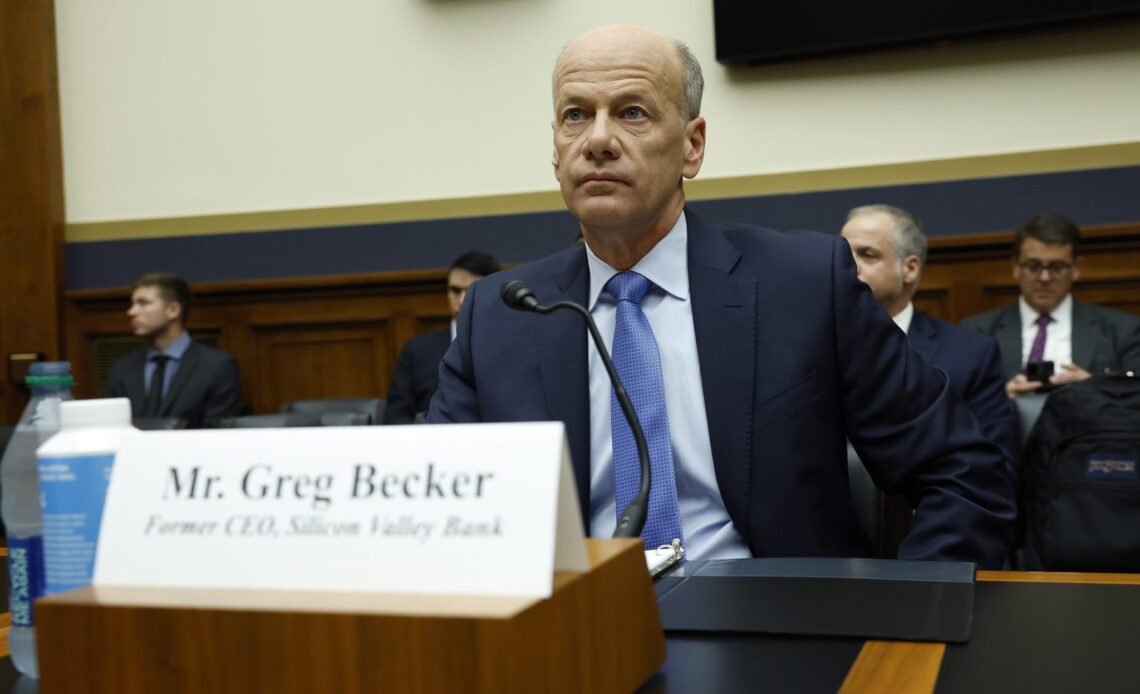In the last five years, numerous CEOs and other top executives have been investigated and prosecuted by the Securities and Exchange Commission (SEC) and the Department of Justice (DOJ) for trading in the securities of their companies. The government has ramped up its onslaught on the C-suite as the SEC and DOJ recently announced the first-ever prosecution of a CEO for insider trading based on an executive’s use of a 10b5-1 trading plan, a good faith defense in the federal securities laws, specifically designed to protect executives against insider trading allegations. The government has also reportedly launched investigations into trading by former Silicon Valley Bank executives in connection with the avoidance of millions of dollars in losses through 10b5-1 plans before the bank’s collapse.
Rule 10b5-1 plans allow executives to buy and sell their company’s stock without violating insider trading laws because trades are executed according to a predetermined plan, rather than by the insider directly.
While these plans used to be safe harbors for executives, the government has begun treating them as red flags for investigation. In a press release, the DOJ noted that the recent prosecution of Terren Peizer, the CEO and Executive Chairman of healthcare treatment company Ontrak, was not random, but rather the result of a targeted “data-driven initiative led by the Fraud Section to identify executive abuses of 10b5-1 trading plans.” This is a stunning admission that the government was not just monitoring market activity but also actively targeting executives who were merely taking advantage of a statutory defense.
Going forward, if an executive establishes a 10b5-1 plan, makes a trade pursuant to that plan, and makes a considerable profit or avoids a loss, that transaction will be investigated. These plans can still be effective, but they must be carefully designed with an awareness that the government will be watching and second-guessing your motives.
Rule 10b5-1 plans have been in the government’s crosshairs for years, with SEC Chairman Gary Gensler remarking in June 2021 that “these plans have led to real cracks in our insider trading regime.” Following the Peizer indictment, DOJ officials expressed similar sentiments, with Assistant Attorney General Kenneth Polite recently warning that “other such cases will follow.” As the government continues its unprecedented scrutiny of 10b5-1 plans, executives need to be aware that…
Click Here to Read the Full Original Article at Fortune | FORTUNE…


